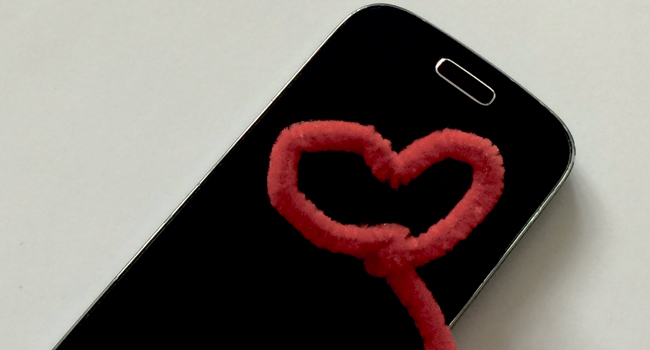PhD Thesis by Bettina Sletten Paasch: Care and calls. A nexus and multimodal interaction analysis of mobile telephony in nurse-patient encounters
This Ph.D. thesis focuses on key aspects of the use of mobile work phones in hospitals. In recent years, demands for efficiency improvements have been predominant in the Danish healthcare system; implementing mobile work phones has been one way of complying with this mandate. Sensitivity to and caring for the patient are core values in the nursing profession, and they are grounded in the relationship between nurse and patient. The aim of this thesis is to explore if and how nurses are able to enact care in patient interaction when a mobile work phone also enters the encounter.
In studying interactions between nurses, patients, and mobile work phones, this thesis draws on several strands of practice theories to alternate between zooming in on the concrete situated actions performed and zooming out on the broader issues that help shape them. The overall theoretical and methodological framework is nexus analysis, which allows this thesis to connect the situated interactions recorded on video with the social, cultural, and historical currents influencing them. To zoom in on the situated accomplishment of interactions, nexus analysis is complemented with insights and methods from ethnomethodology and the related discipline of interaction analysis.
The main data obtained for this thesis is 144 hours of video footage recorded in a Danish hospital. Nurses were shadowed with a mobile video camera throughout their daily work, so the resulting recordings encompass naturally occurring interactions between nurses, patients, and mobile work phones. These data were supplemented with participant observations, interviews, photos, documents, and webpages. In the process of logging the video data, only the persons participating in events and the actions being performed were coded. Seven cases in which a single nurse was performing actions in close proximity to a patient as the mobile work phone rang were selected for analysis. In mapping the nexus of practice, the discourse of being efficient and the discourse of patient-centred care were both exhibited as ubiquitous. In this light, an interactional analysis focusing on the way nurses distribute orientations and how they organise activities was performed on each of the seven cases. These analyses were subsequently connected with discourses circulating in the nexus of practice and with other times and places.
The analytical sections of this thesis demonstrate how experienced nurses are able to foreground the discourse of patient-centred care and postpone their enactment of the discourse of being efficient when mobile work phones ring during close interactions with patients. It further reveals that experienced nurses continue to enact the discourse of patient-centred care through the use of tactile resources and embodied orientations while they attend to the phone call. Experienced nurses thus perform multiactivity by distributing attention towards both the patient and the phone, and the analysis shows that their concrete ways of doing so depend on the complex features of the on-going situation.
Additionally, this thesis demonstrates that the strategies used by nurses do not occur naturally, but are acquired over time. Finally, it shows that the strategies developed by nurses in the hospital ward investigated to enact the discourse of patient-centred care when they are telephoned during interactions with patients are not universal. Indeed different strategies have evolved in other hospital departments.
Not only does this thesis contribute insights into the way nurses manage phone calls during interactions with patients, but by subscribing to a growing body of embodied interaction studies it also demonstrates the potential of interaction analysis and video ethnography for nursing research more broadly. Furthermore, it offers a perspective on how a research framework combining nexus analysis and interaction analysis can provide nuanced understandings of the complexity of human interaction.







